A predecessor to Tyrannosaurus rex, Meraxes gigas had a giant head and puny but muscular arms, suggesting the limbs served some purpose.
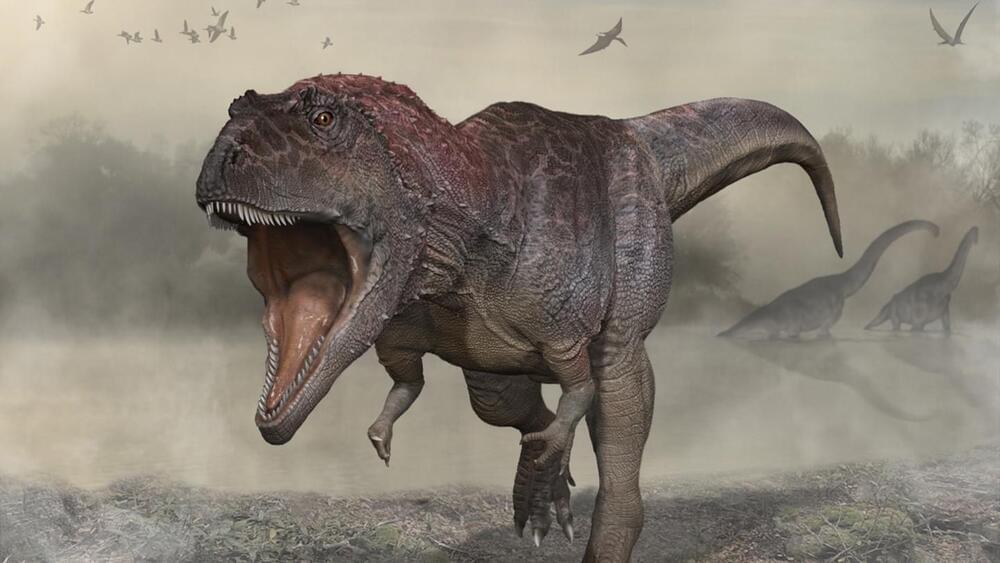

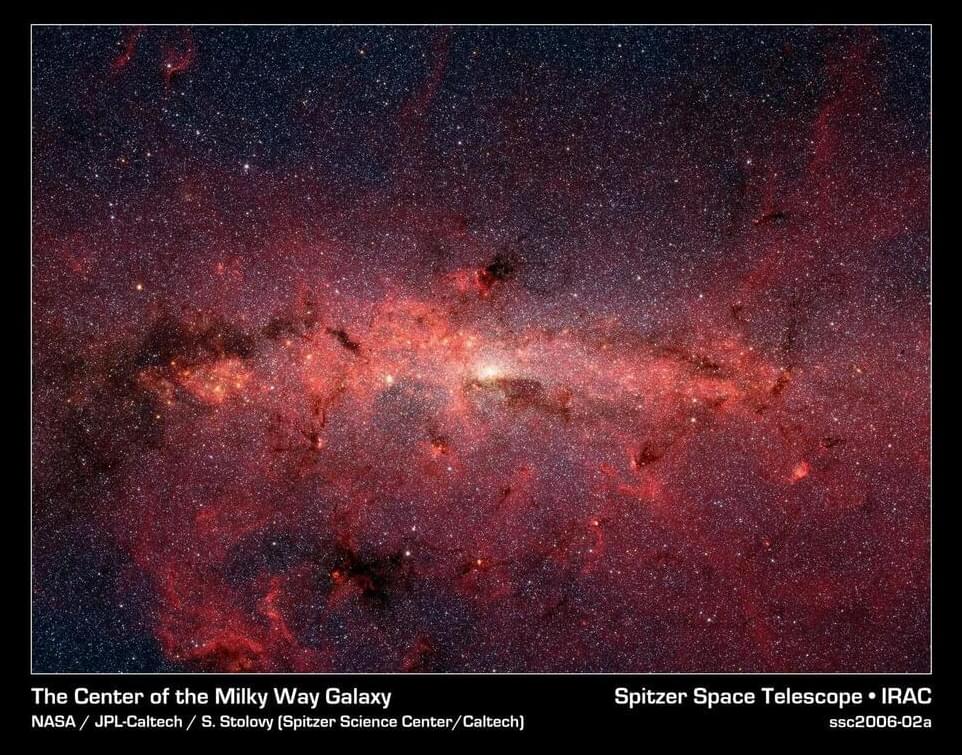
We have developed a new method to look for carbon compounds in space, akin to prospecting for oil on Earth. Our method is published in Monthly Notices of the Royal Astronomical Society.
Between the stars lie vast amounts of interstellar gas and dust, spread thinly throughout our galaxy. The dust can contain compounds of carbon. When it does we call it carbonaceous interstellar dust. This is an important reservoir for the organic material in space. The continual cycle of material between the stars and the gas in the interstellar medium in our galaxy leads to the delivery of organic molecules to newly forming planetary systems.
A special sub-class of organic molecules called prebiotic molecules are thought to play a major role in the formation of life on Earth. Such prebiotic molecules are likely preserved in carbonaceous interstellar dust that are gathered together in planetesimals, in an early stage of planetary formation. The chemical composition in such environments may determine the planet’s hospitality to the formation of life there. Therefore, it is important to understand the life cycle of carbonaceous interstellar dust to study this possibility further.
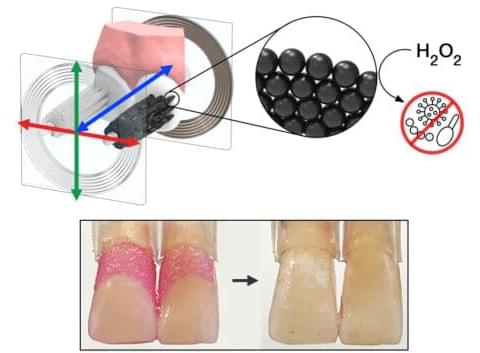
The basic design of the toothbrush hasn’t changed in a thousand years — sure, there are motors, different materials, and funky shapes, but they’re all still sticks with bristles attached. A team from the University of Pennsylvania believes it’s time to shake things up. In a new study, the researchers have shown that shapeshifting nanoparticles can successfully clean teeth, replacing all the manual labor with a nano-scale robotic dance. Not only can these particles be transformed into tooth-cleaning shapes, but their action can have antimicrobial effects that destroy plaque-causing bacteria.
This project came together quite by accident. A group from the Penn School of Dental Medicine under professor Hyun (Michel) Koo was interested in leveraging the catalytic activity of nanoparticles to release free radicals that could kill microbes on the teeth. Meanwhile, senior engineering researcher Edward Steagar was spearheading work at the Penn School of Engineering and Applied Sciences on assembling nanoparticles into robots. Bringing these projects together gave us the sci-fi gray goo toothbrush.
The combined team used magnetic fields to manipulate iron oxide nanoparticles, testing them first on a slab of tooth-like material. Next, the team moved to 3D-printed copies of teeth. Finally, they tested the nanoparticle brushes on real teeth that were mounted in a realistic way to simulate a human mouth. The tests show these nanoparticles can form brush-like shapes capable of scrubbing off the biofilms that lead to tooth decay. They can also flow between teeth like floss. All the while, the nanoparticles promote the production of free radicals that further eliminate bacteria.

New photos shared by SpaceX show that the company has nearly finished installing a total of 39 upgraded Raptor engines on a new Starship and its Super Heavy booster.
Those prototypes – known as Ship 24 and Booster 7 – could be tasked with supporting Starship’s first orbital launch attempt sometime later this year if both make it through upcoming test campaigns without major issues. Whether that’s a probable outcome is still uncertain but recent progress suggests that it won’t take long for the prospects of both prototypes to shift into clearer focus.
After several rounds of proof testing and two trips to and from SpaceX’s Starbase, Texas orbital launch site (OLS) in March, April, and May, Super Heavy Booster 7 (B7) made its third trip to the pad on June 23rd.
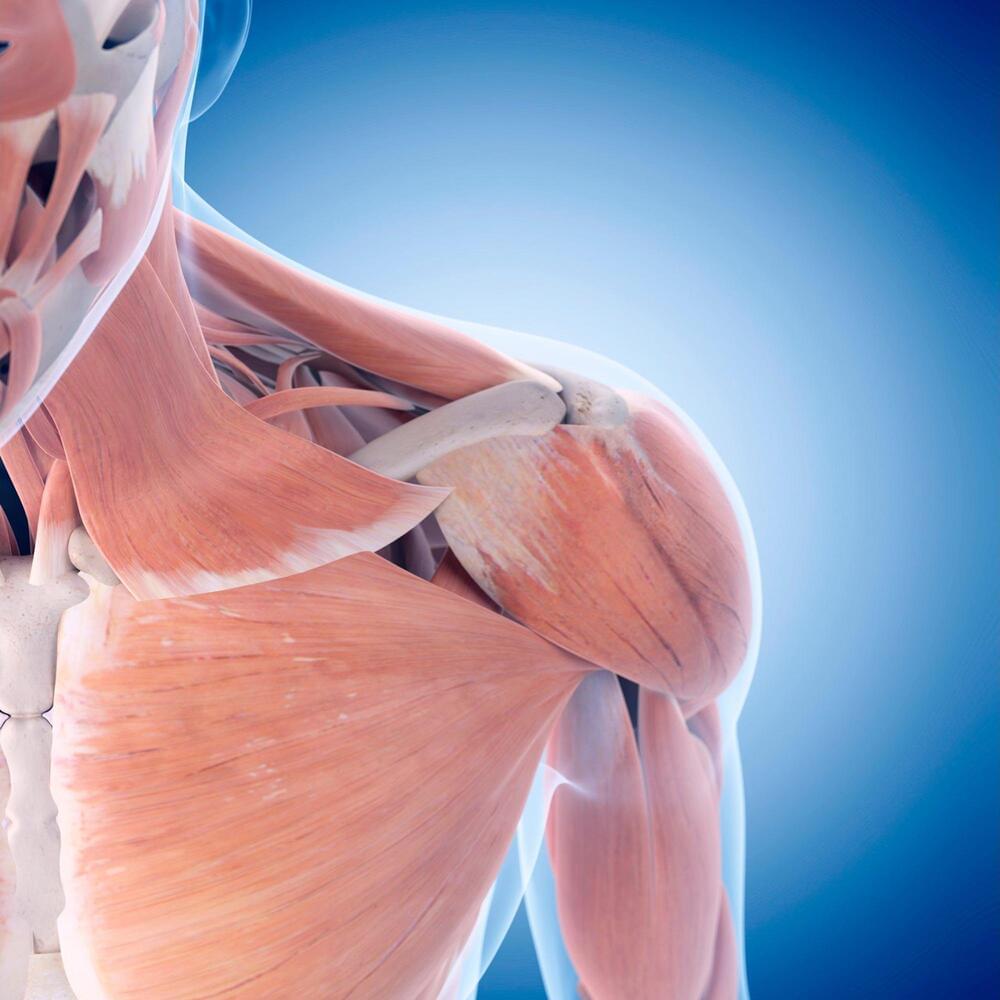
The typical office worker often has soreness throughout their body as a result of their sedentary desk jobs. Even young individuals may develop shoulder pain, which was previously primarily an issue for elderly people. Once shoulder pain creeps in, it is difficult to dress oneself, let alone move one’s body freely. It is also difficult to fall asleep. While the rotator cuffs are often naturally harmed as we age, repairing them has shown to be difficult.
Visit our sponsor, Brilliant: https://brilliant.org/IsaacArthur/
So many of hopes and dreams for colonizing space rely on faster than light travel, and yet the ability to move between stars in moment seems against the laws of reality… but perhaps we can break those rules.
Visit our Website: http://www.isaacarthur.net.
Support us on Patreon: https://www.patreon.com/IsaacArthur.
Facebook Group: https://www.facebook.com/groups/1583992725237264/
Reddit: https://www.reddit.com/r/IsaacArthur/
Twitter: https://twitter.com/Isaac_A_Arthur on Twitter and RT our future content.
SFIA Discord Server: https://discord.gg/53GAShE
Listen or Download the audio of this episode from Soundcloud: Episode’s Audio-only version: https://soundcloud.com/isaac-arthur-148927746/cheating-reality.
Episode’s Narration-only version: https://soundcloud.com/isaac-arthur-148927746/cheating-reality-narration-only.
Credits:
Faster Than Light Travel: Cheating Reality.
Science & Futurism with Isaac Arthur.
Episode 297, July 1, 2021
Produced, written, and narrated by isaac arthur.
Editors:
Visit https://brilliant.org/isaacarthur/ to get started learning STEM for free, and the first 200 people will get 20% off their annual premium subscription.
Our capability to render virtual realities better and better makes it seem likely one day we could simulate our world flawlessly, and perhaps our minds too. If so, perhaps we will in the future… and perhaps we already did in the past.
Visit our Website: http://www.isaacarthur.net.
Support us on Patreon: https://www.patreon.com/IsaacArthur.
Support us on Subscribestar: https://www.subscribestar.com/isaac-arthur.
Facebook Group: https://www.facebook.com/groups/1583992725237264/
Reddit: https://www.reddit.com/r/IsaacArthur/
Twitter: https://twitter.com/Isaac_A_Arthur on Twitter and RT our future content.
SFIA Discord Server: https://discord.gg/53GAShE
Listen or Download the audio of this episode from Soundcloud: Episode’s Audio-only version: https://soundcloud.com/isaac-arthur-148927746/what-are-ances…ing-in-one.
Episode’s Narration-only version: https://soundcloud.com/isaac-arthur-148927746/what-are-ances…ation-only.
Credits:
What are Ancestor Simulations… and are we living in one?
Science & Futurism with Isaac Arthur.
Episode 345, June 2, 2022
Written, Produced & Narrated by Isaac Arthur.
Editors:
David McFarlane.
Cover Art:
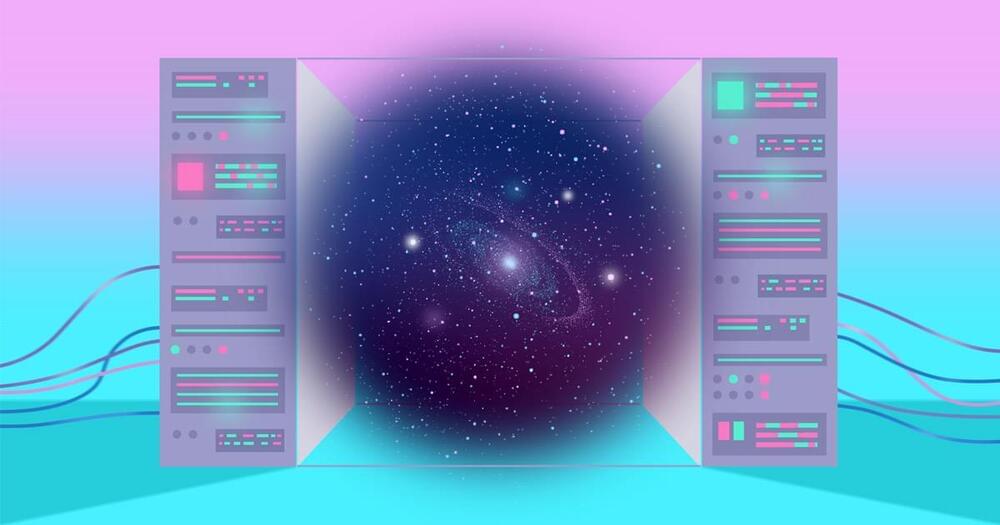
In Episode 3 we look at the concept of warp drives, a theoretical type of spaceship propulsion that warps spacetime to allow faster than light travel. We discuss the basic concept and the scientific and technological hurdles to developing it, along with clearing up many of the myths about it.
Support the Channel on Patreon:
https://www.patreon.com/IsaacArthur.
Listen or Download the audio of this episode from Soundcloud:
https://soundcloud.com/isaac-arthur-148927746/ftl03-alcubierre-drive.
References: Miguel Alcubierre’s original 1994 paper.
http://arxiv.org/pdf/gr-qc/0009013v1.pdf.
Finazzi, Liberati, and Barcel’s 2009 Analysis of Instabilities.
http://arxiv.org/pdf/0904.0141v2.pdf
How they derive from General Relativity, the various different types and theories, and some under-considered uses of wormholes. We’ll also discuss some myths and misunderstandings of the concept.
Support the Channel on Patreon:
https://www.patreon.com/IsaacArthur.
Listen or Download the audio of this episode from Soundcloud:
https://soundcloud.com/isaac-arthur-148927746/ftl04-wormholes.
Cover Art by Jakub Grygier:
https://www.artstation.com/artist/jakub_grygier.
Matt Visser’s 1989 paper “Traversable wormholes: Some simple examples”:
https://arxiv.org/abs/0809.